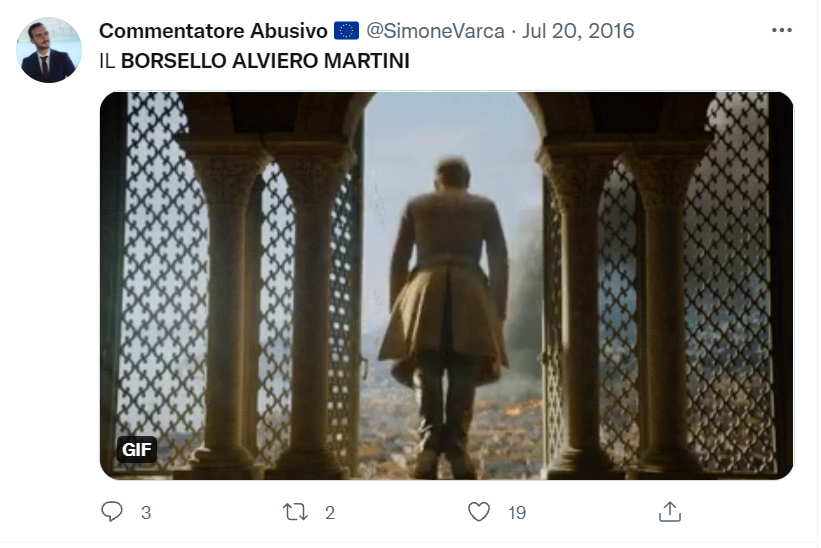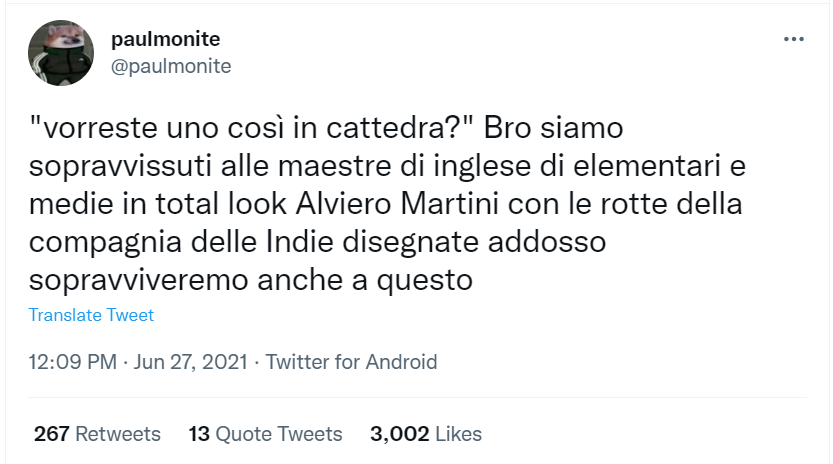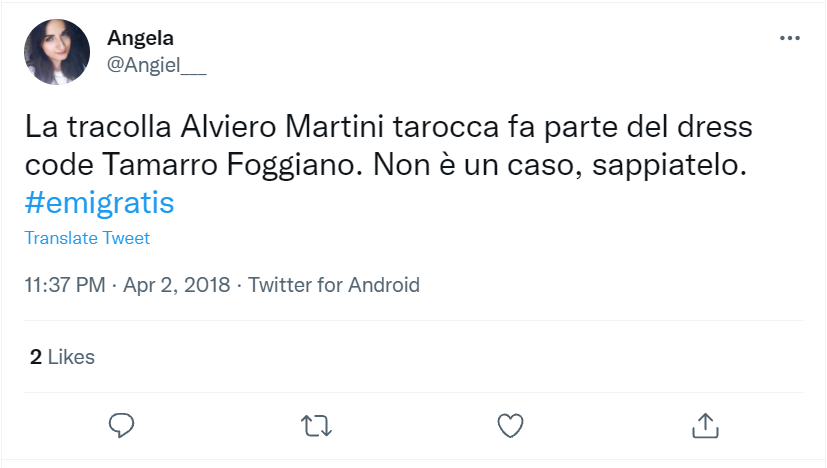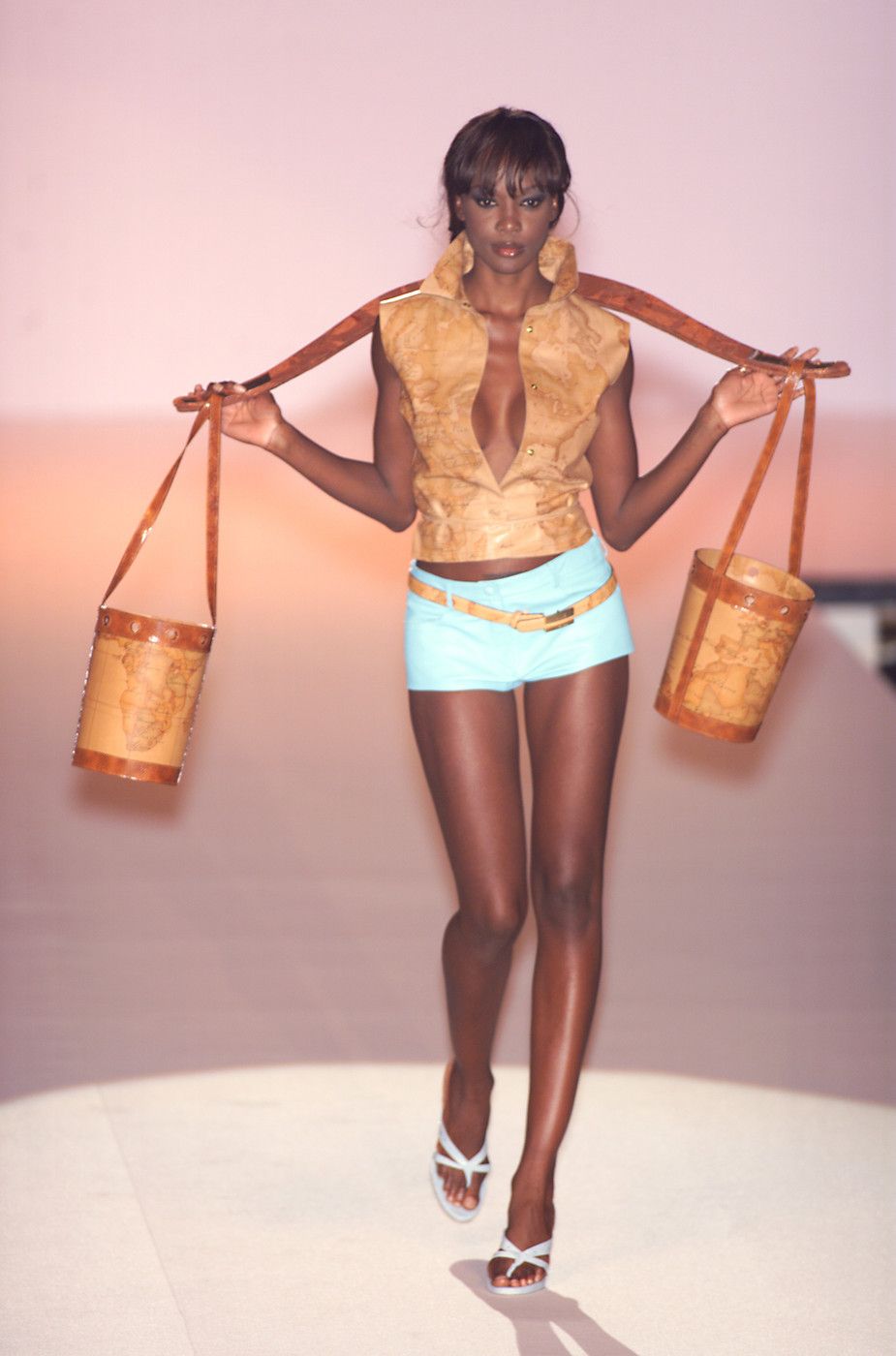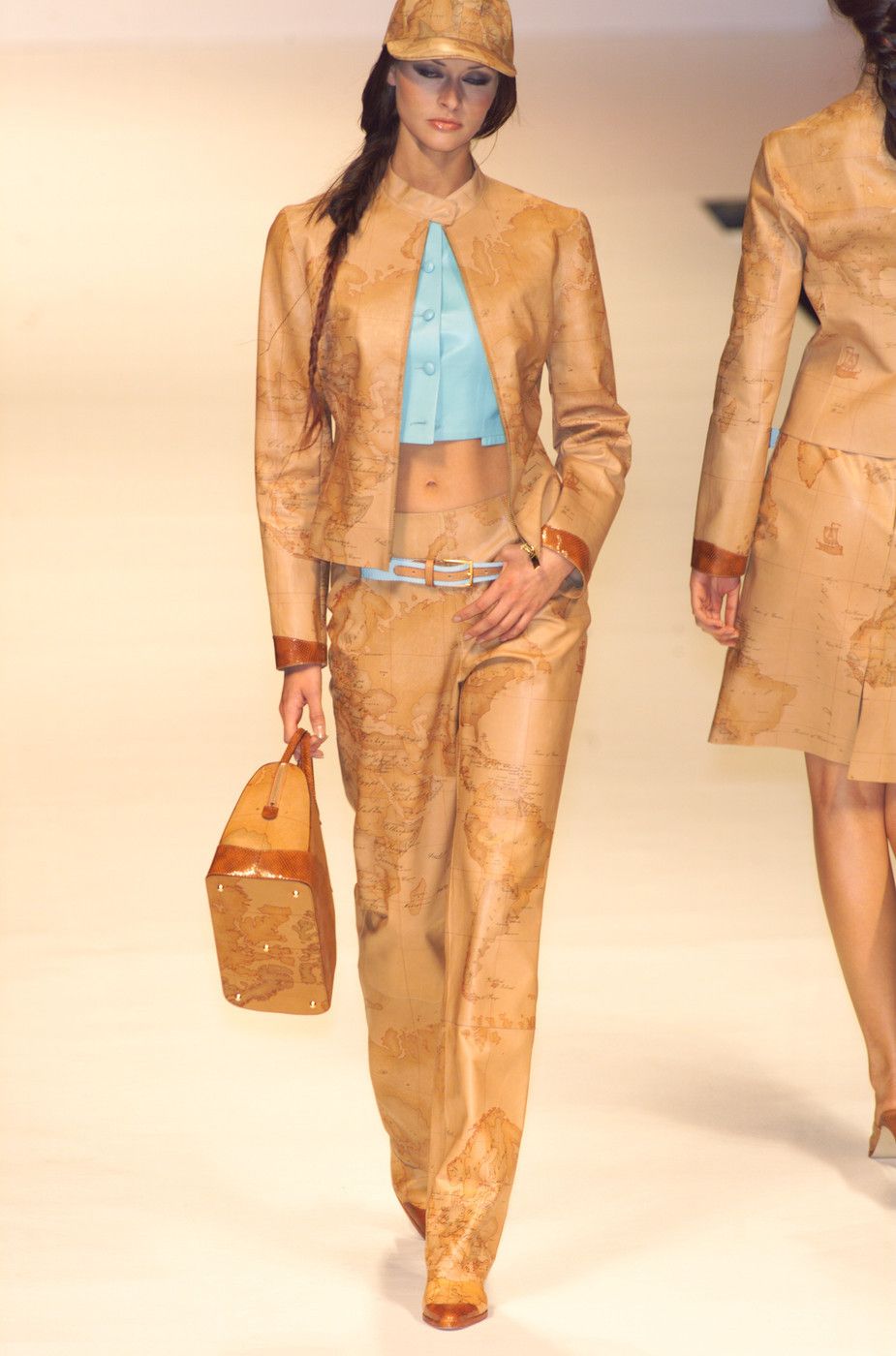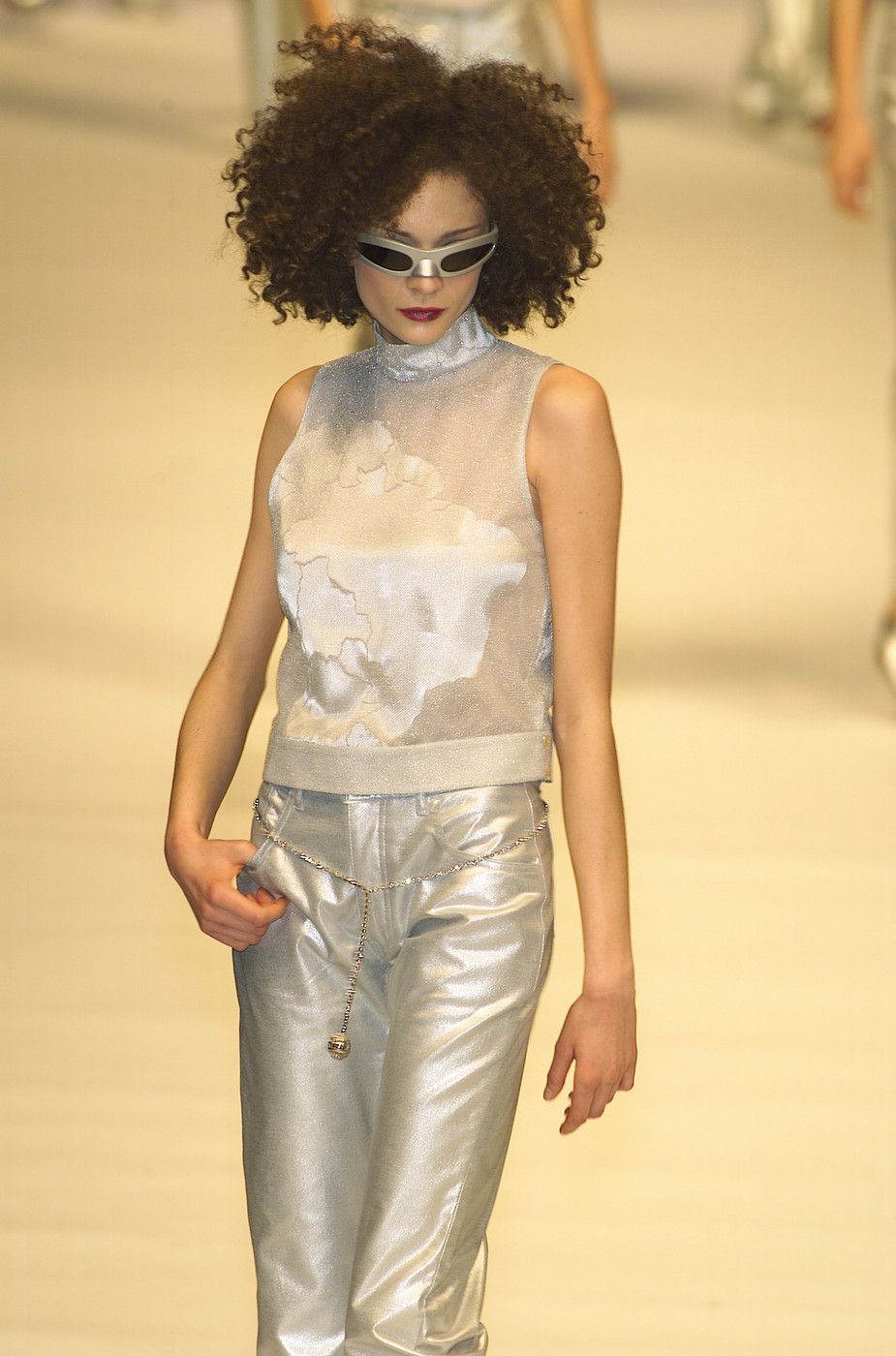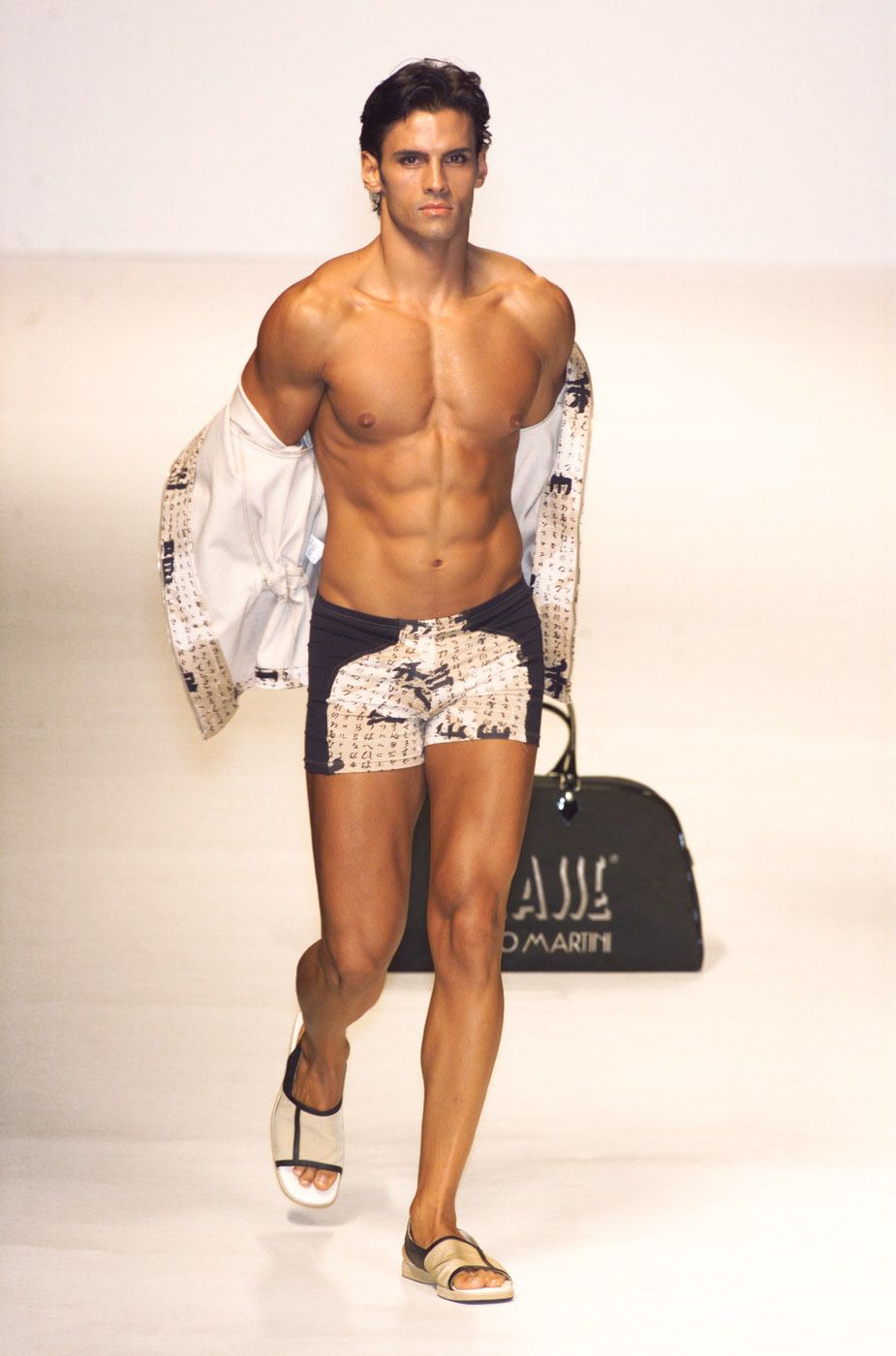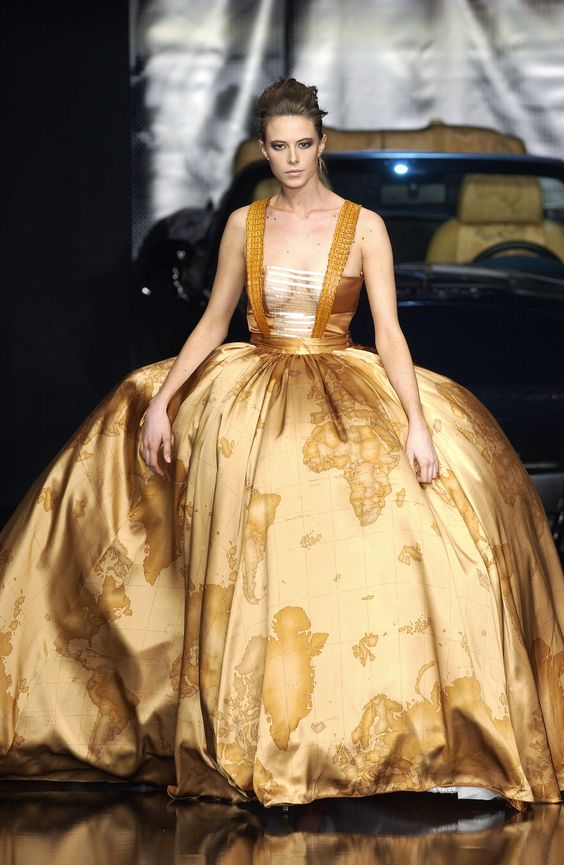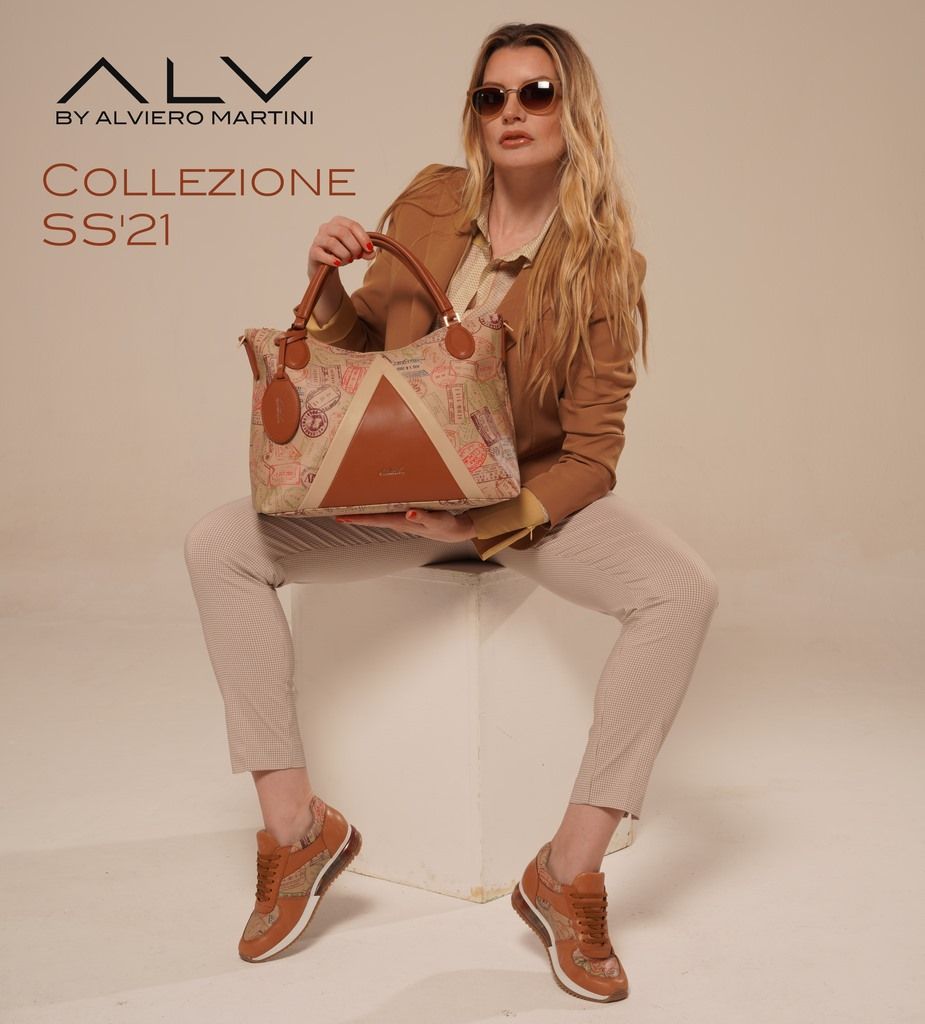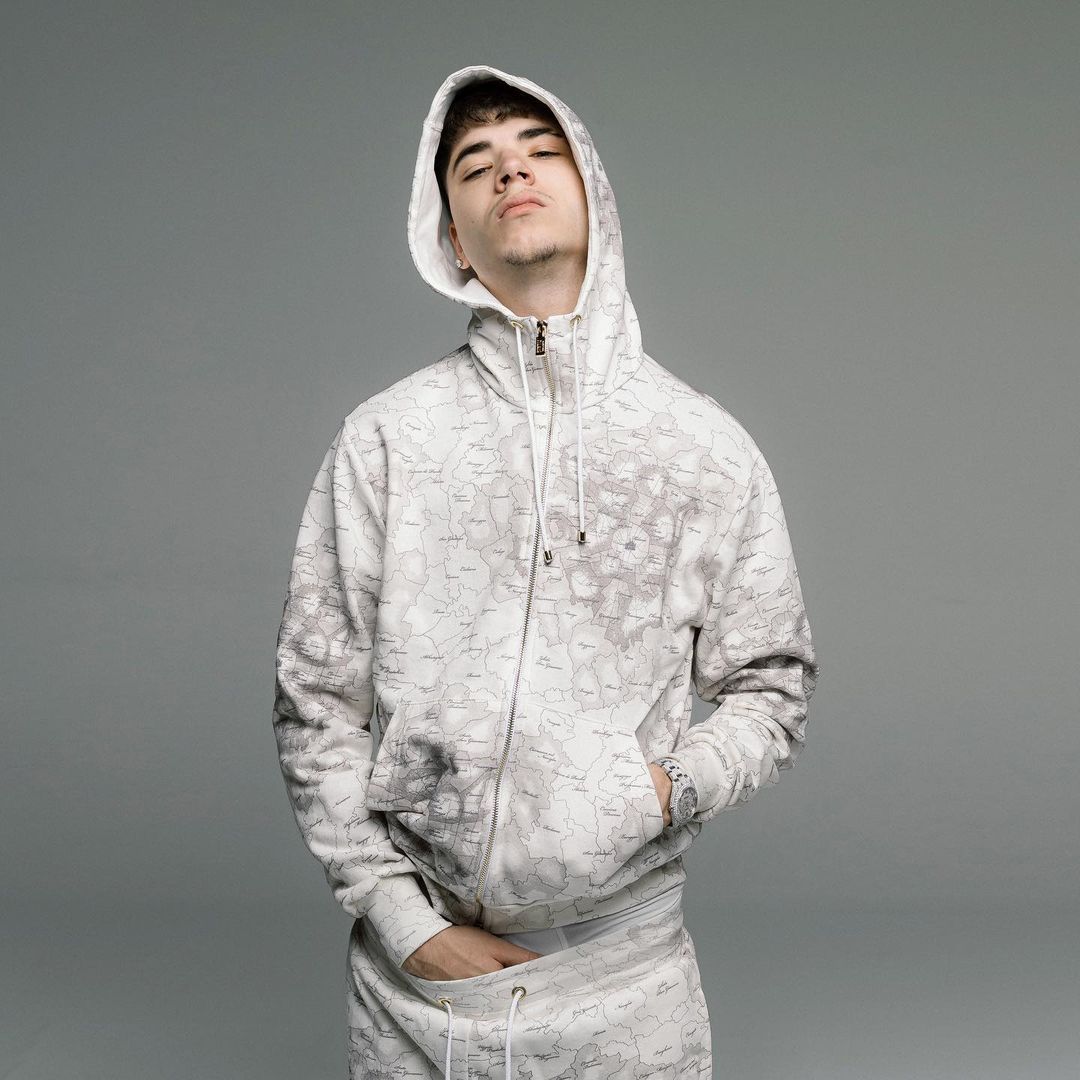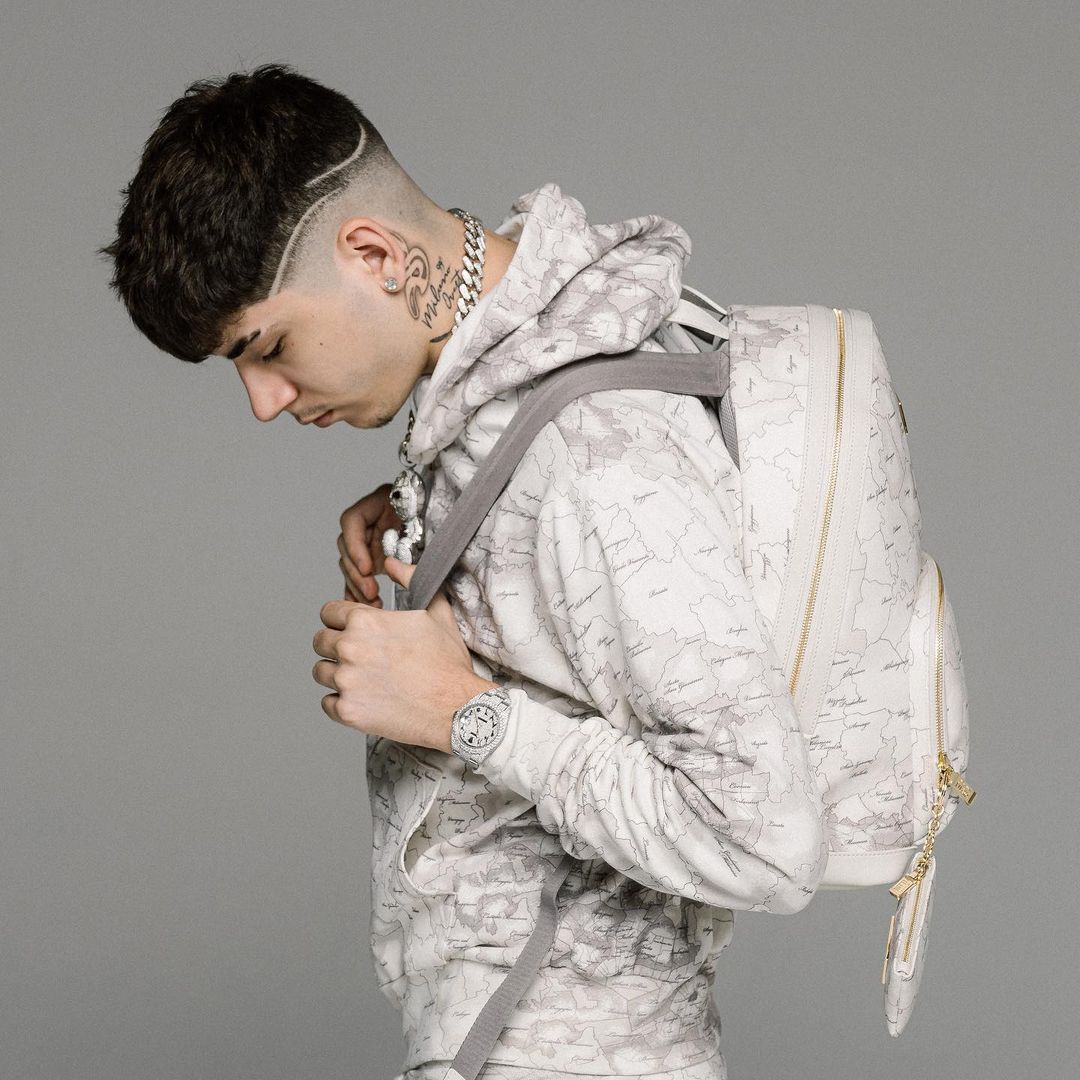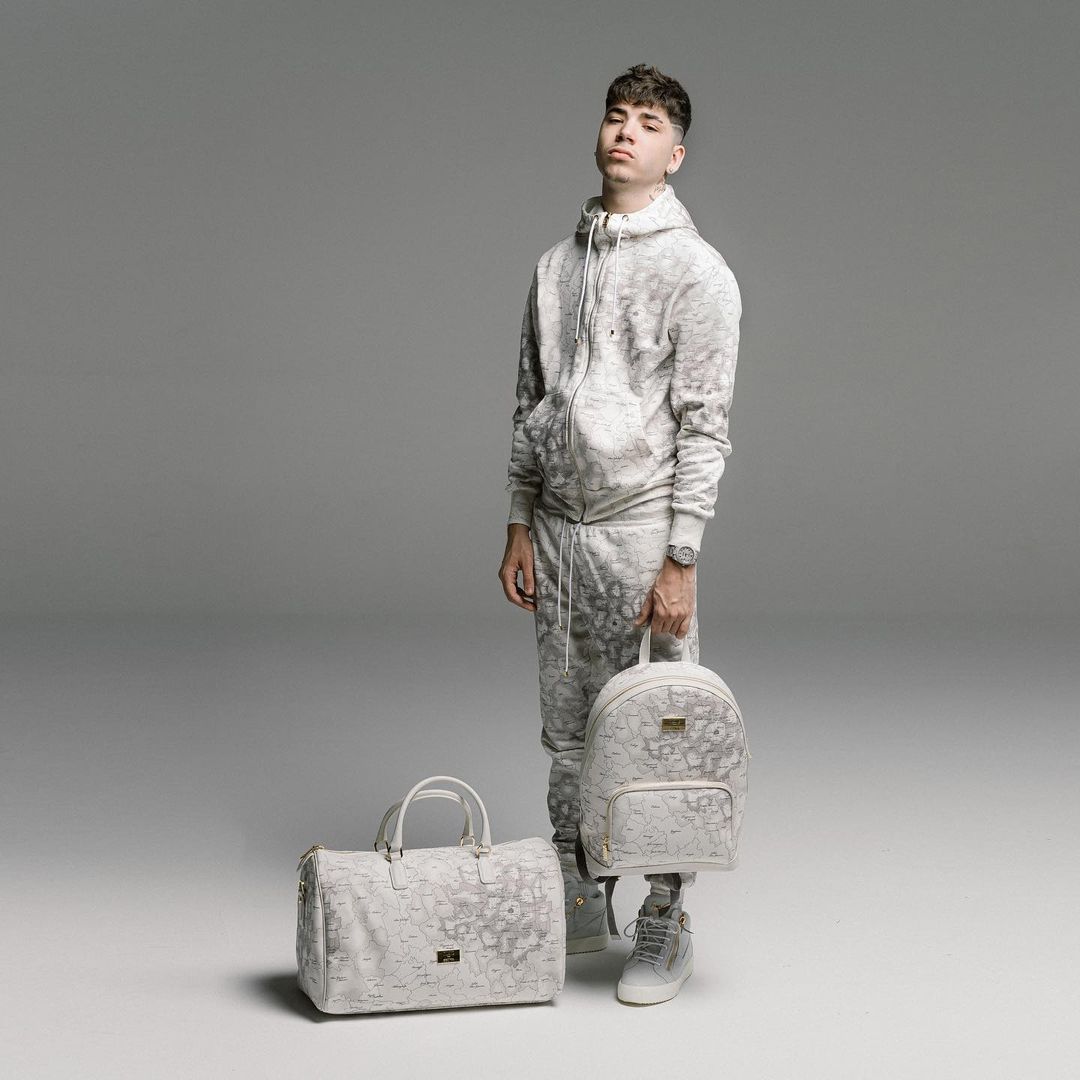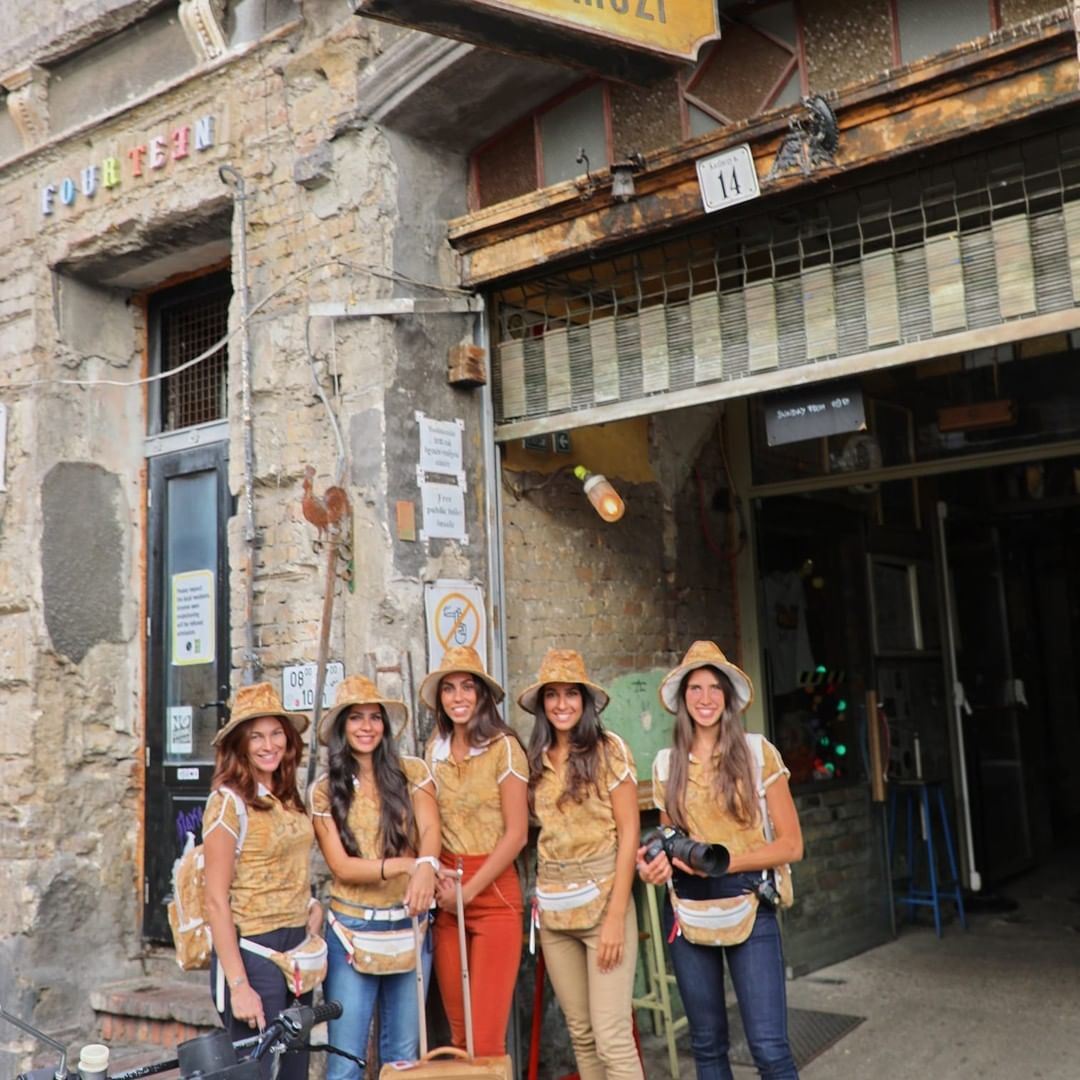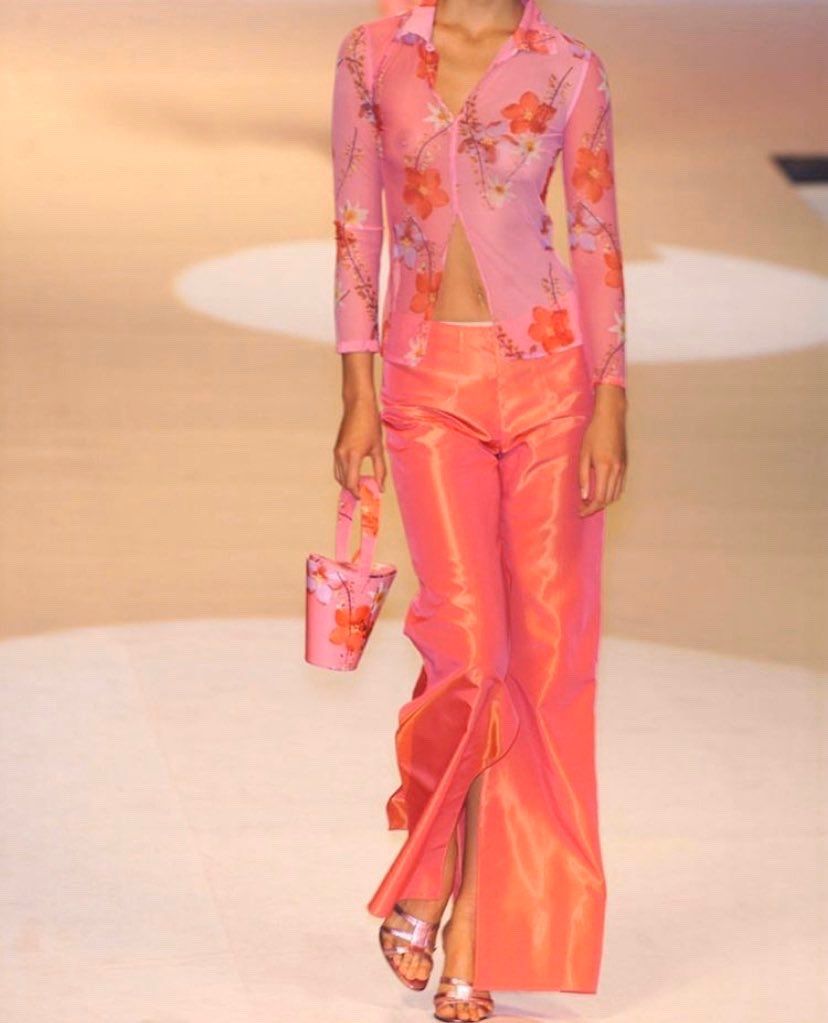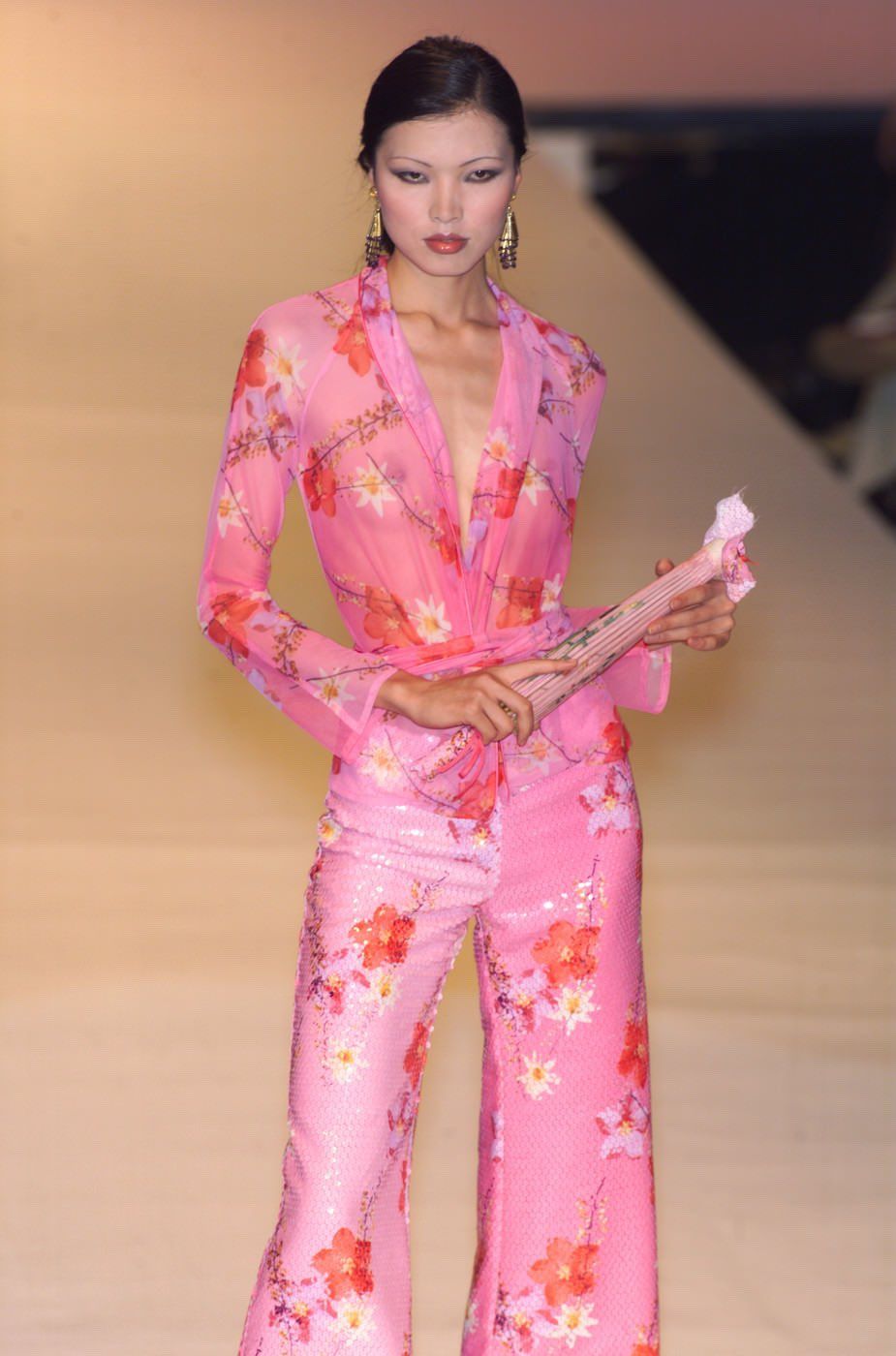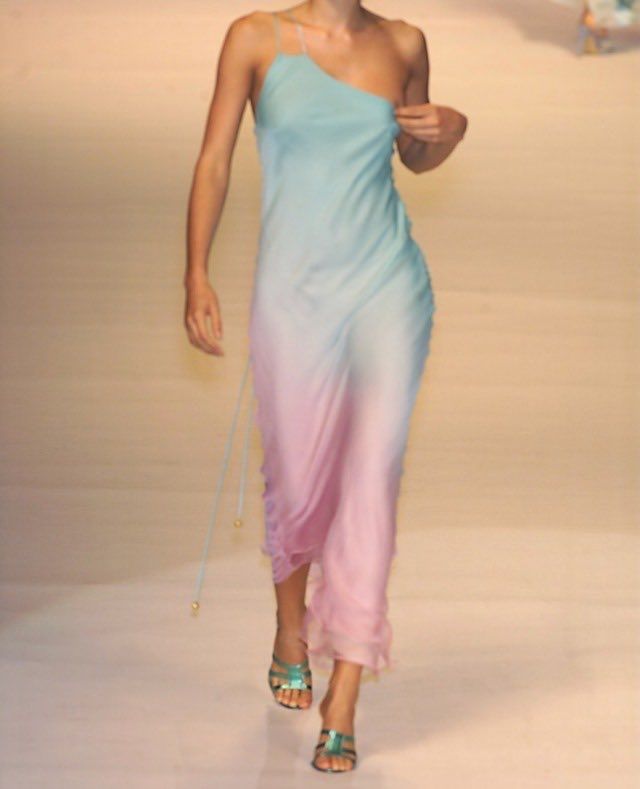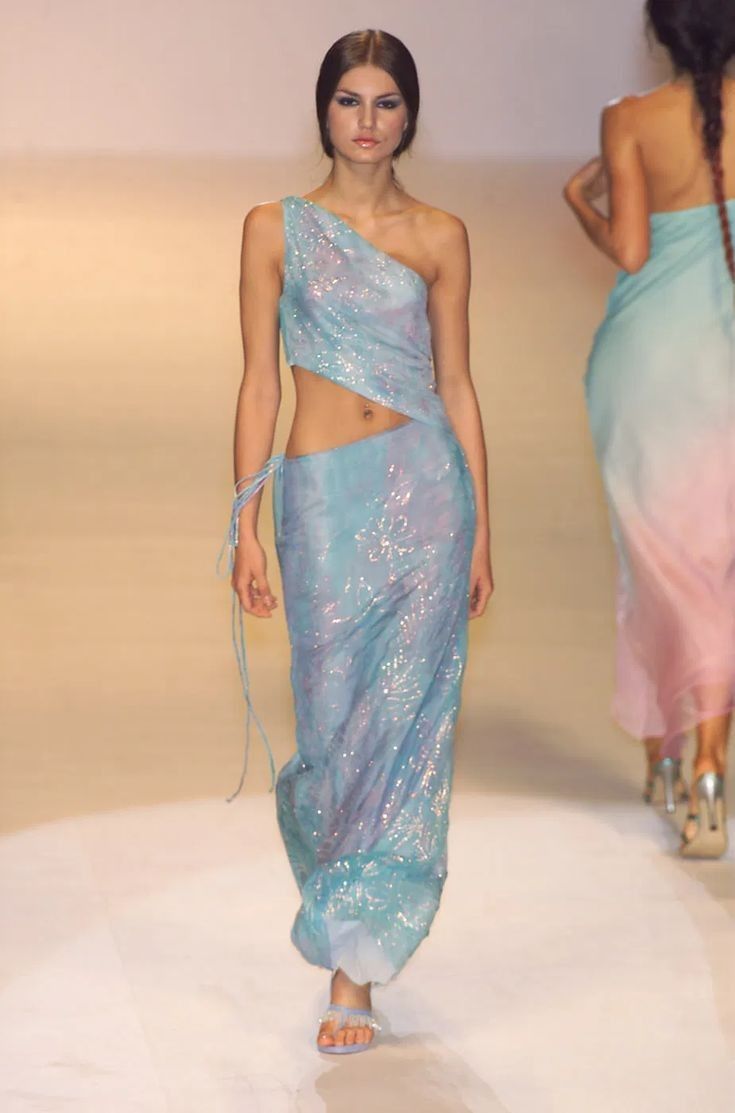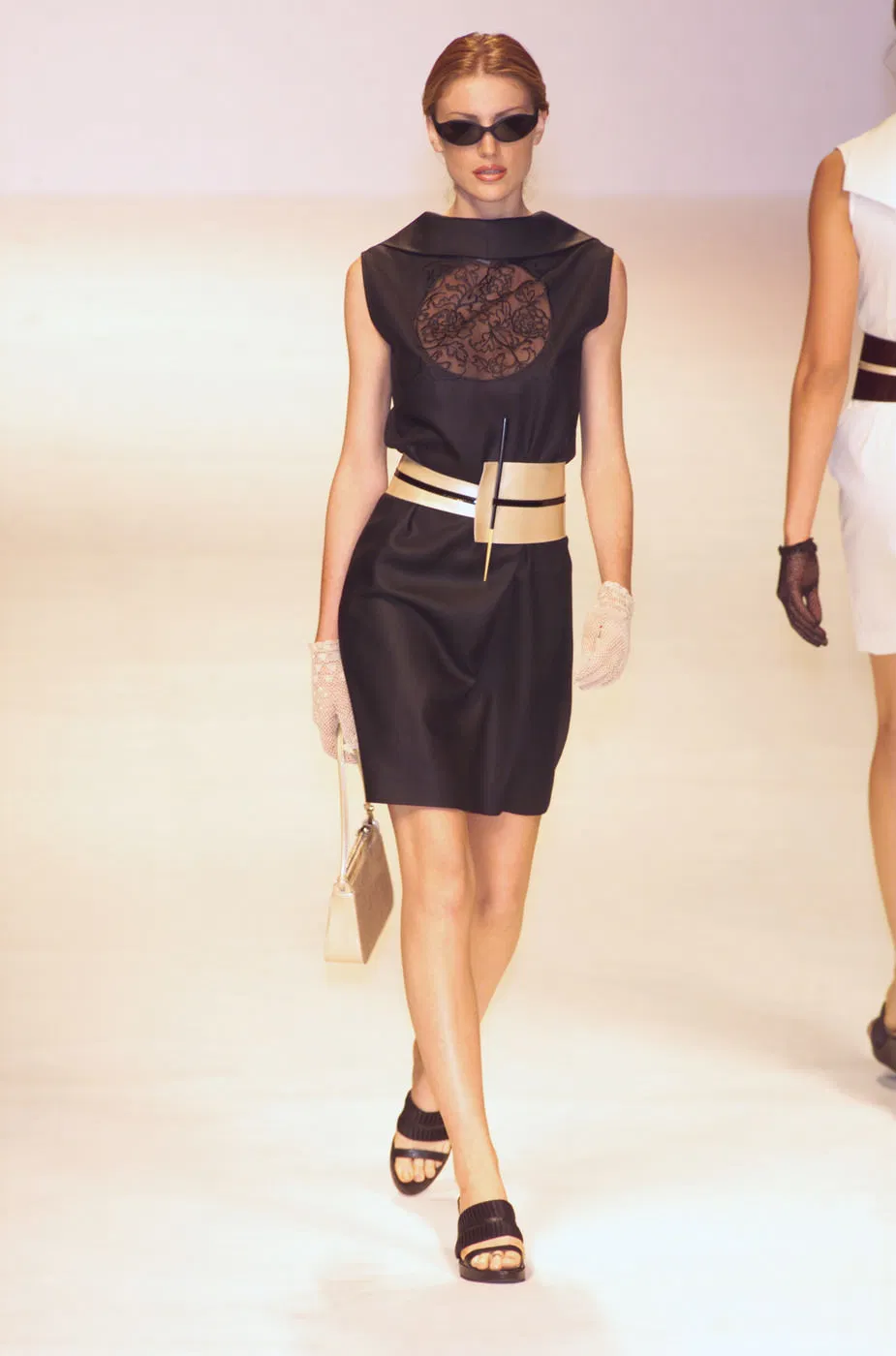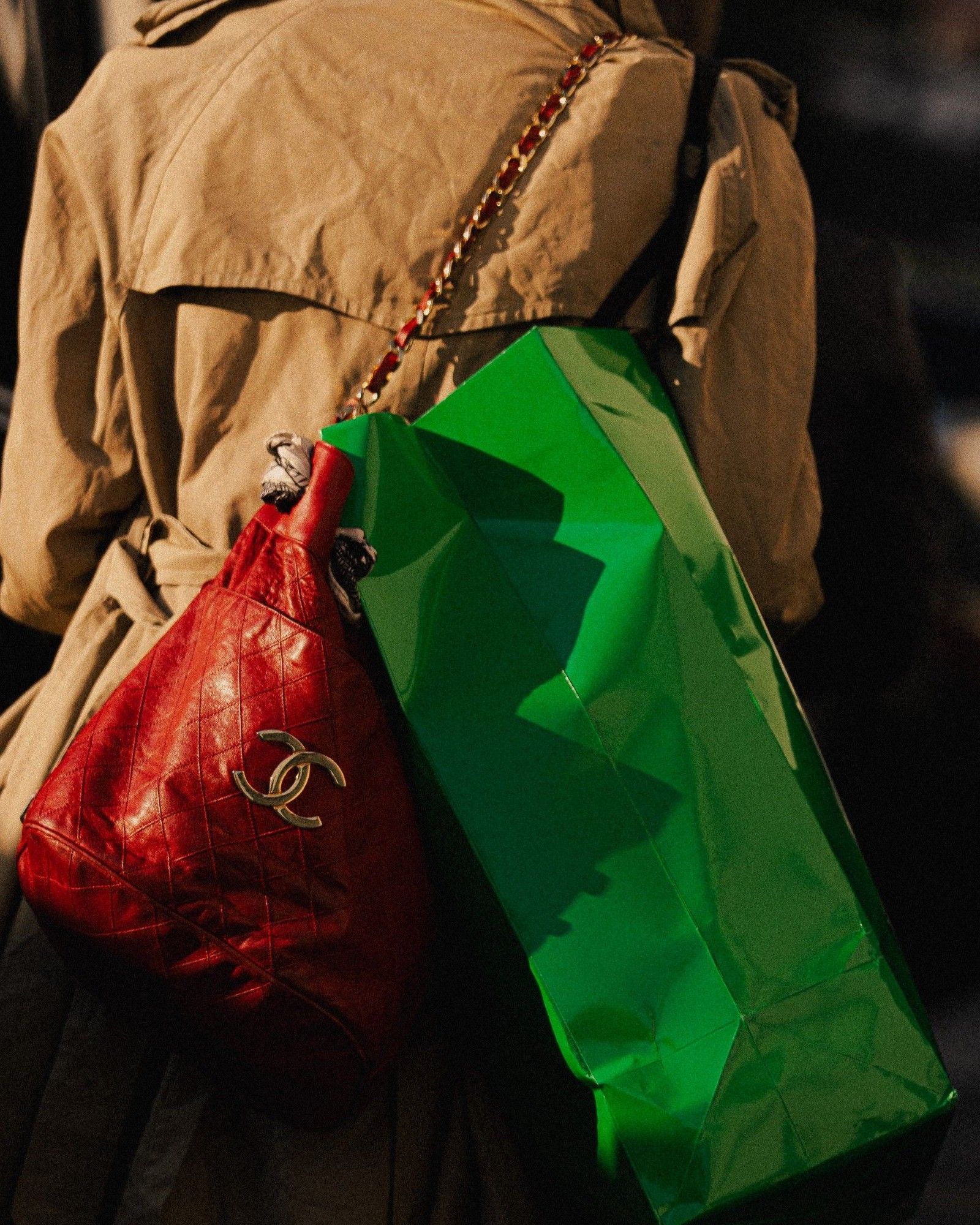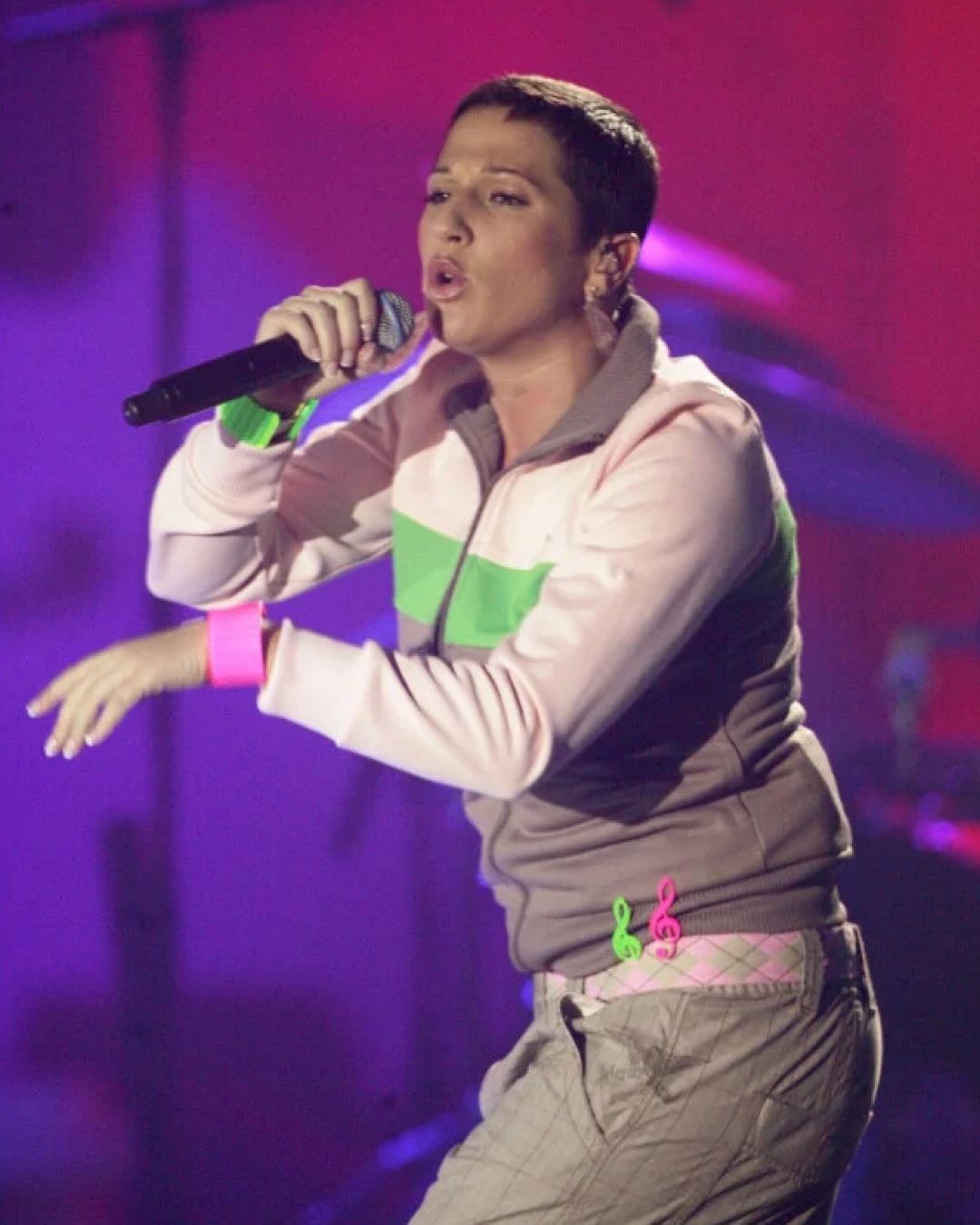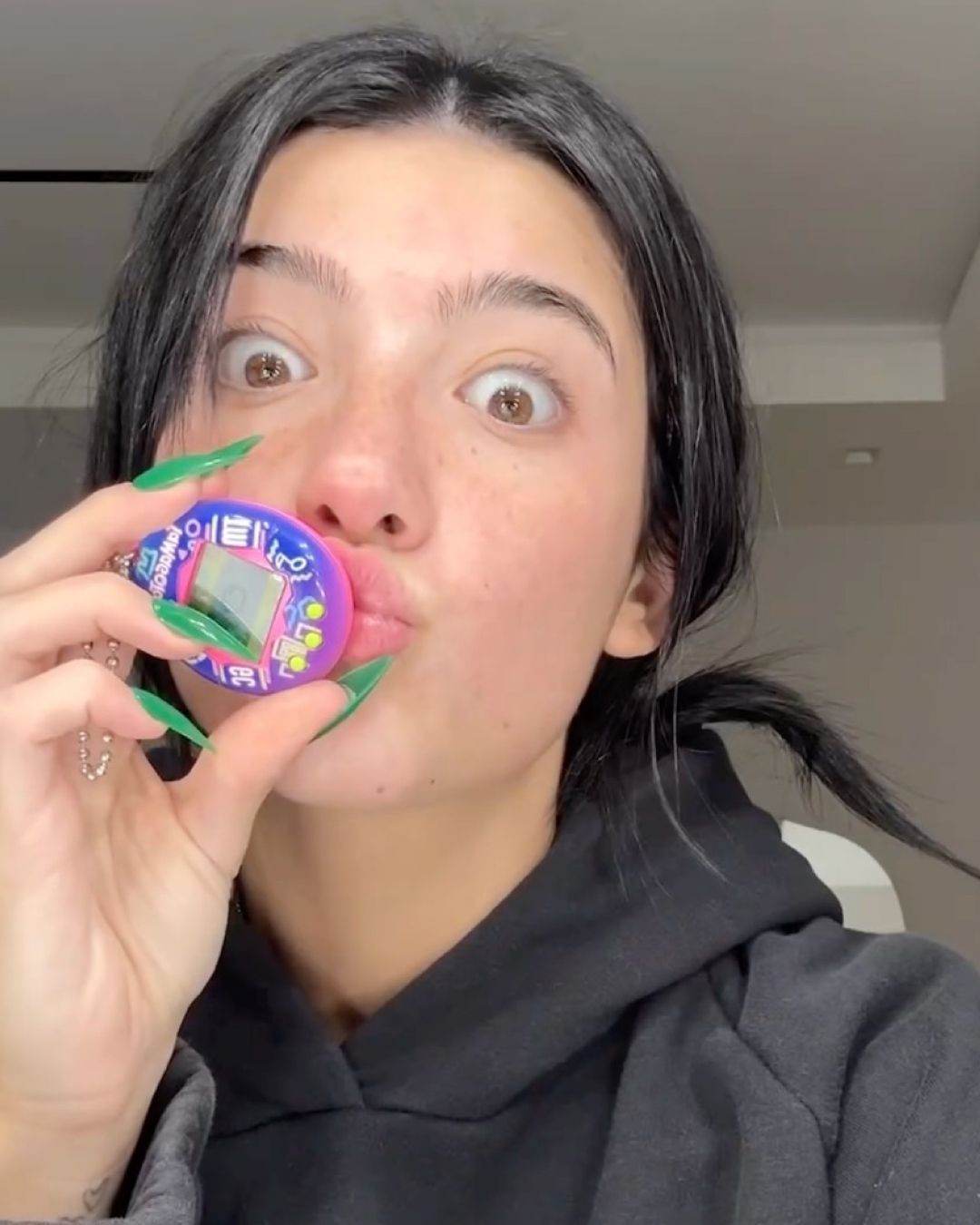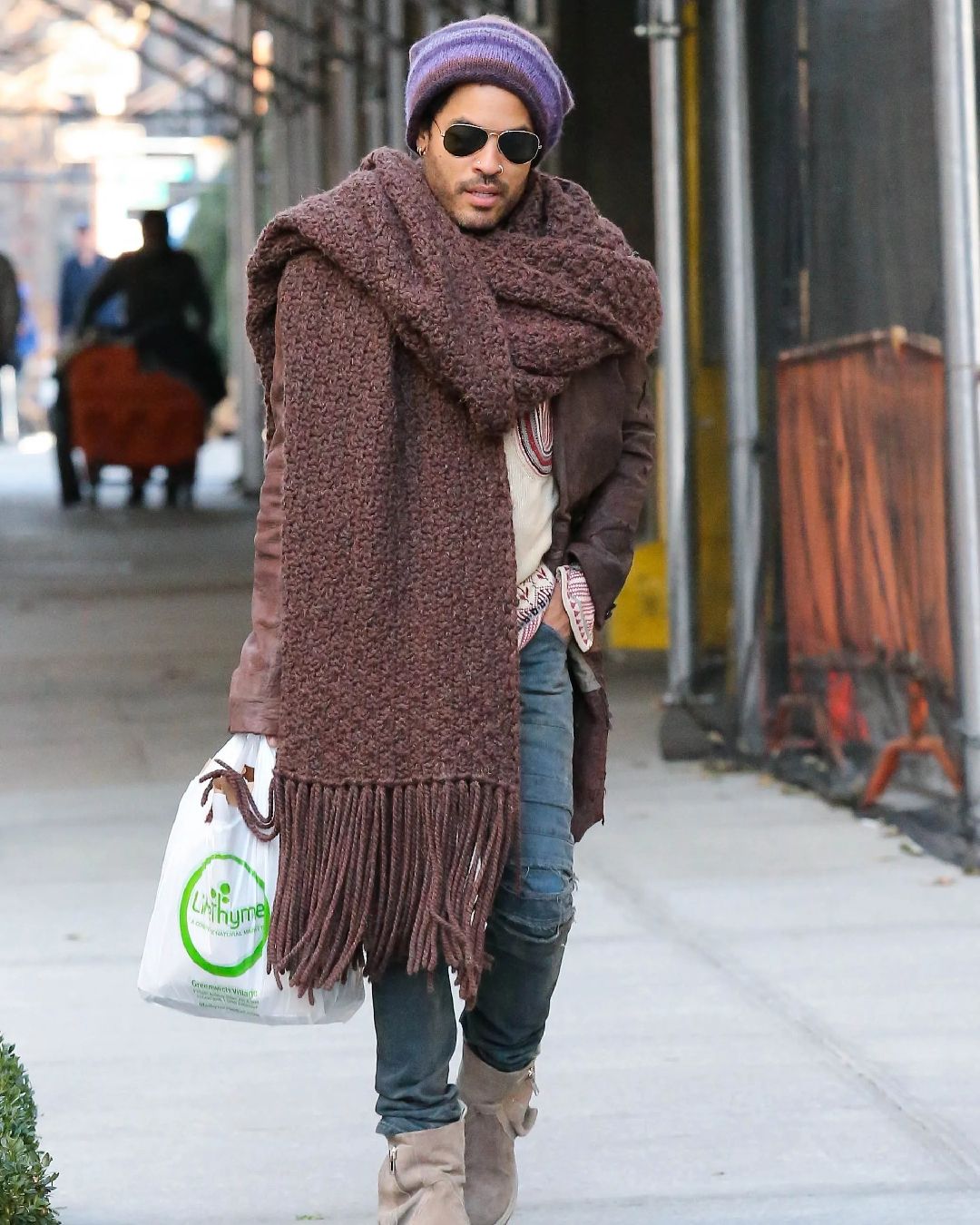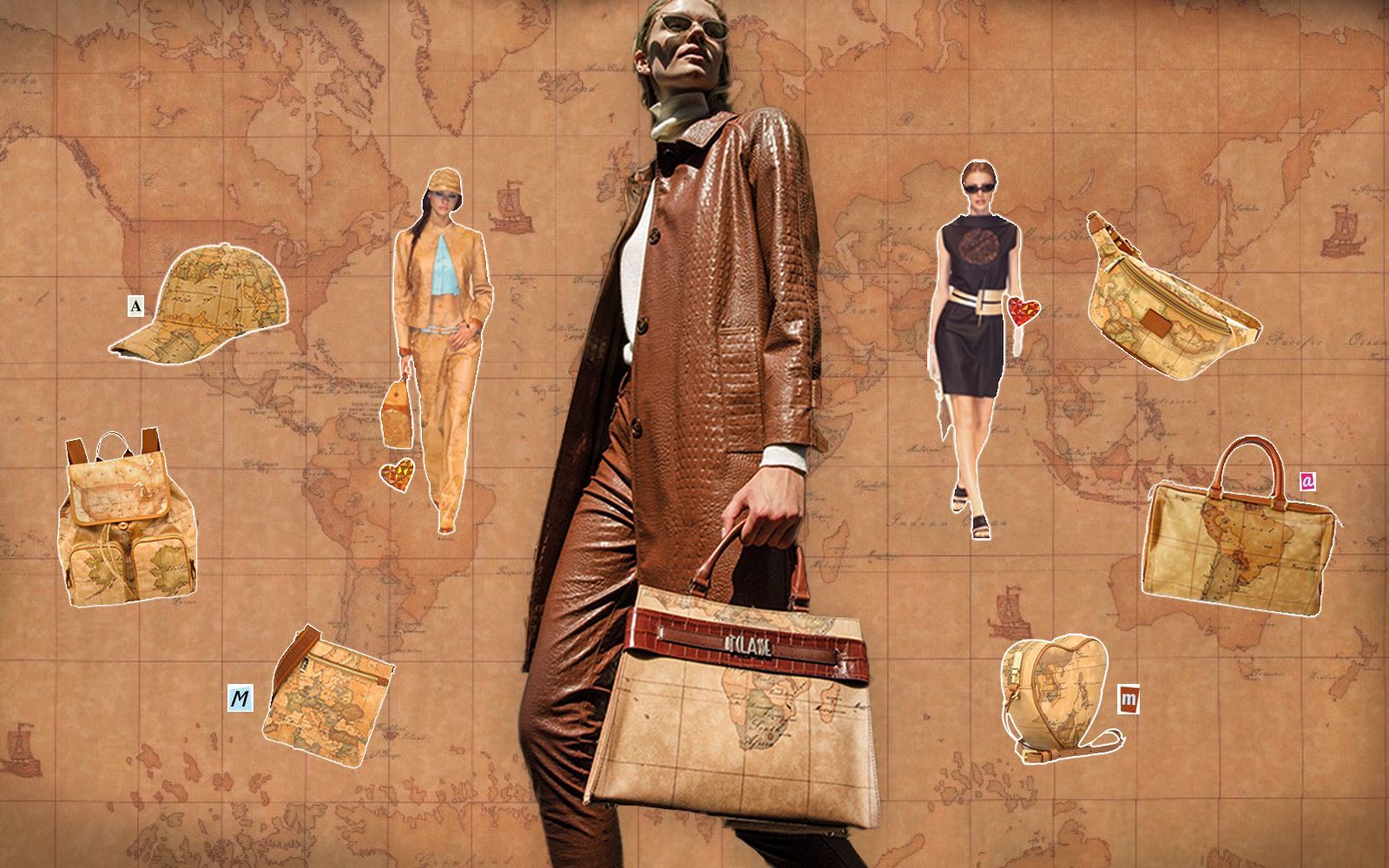
Do you remember Alviero Martini? Radiography of a Made in Italy phenomenon of the 2000s
You've all seen those bags. If we wanted to follow the most trite cliché, they were hung on the arm of some high school teacher, perhaps combined with a pair of Hogans and a shirt by Desigual. They are beige, covered with a pattern reminiscent of a geographical map but, above all, they are one of the most "Italian" cultural artifacts ever – the bags of Alviero Martini. Together with Roccobarocco, Piero Guidi, Guess and O Bag, Alviero Martini is part of a fashion of the "real country" of which perhaps the cultists of Prada and Bottega Veneta ignore the existence, but which outside the strongholds of luxury fashion has solid and very deep roots. It is no coincidence that virtually every Italian old enough to remember the early 2000s recognizes instantly the "bags of the globe" in the same way as he remembers the Veline of Striscia La Notizia, the advertising of Saratoga and the songs of Tiziano Ferro. The brand recognition of Alviero Martini in Italy is total, so much so that in Stileo's ranking of the Top Brands of 2020 the brand also surpasses Versace, Dolce & Gabbana and Gucci – perhaps one of the reasons why its business fell by only 15% during the lockdown, while its e-commerce grew by 50% while maintaining a positive EBITDA. Irene Ferrario, the brand's marketing manager, recently told Pambianco that the brand esteems «to close 2021 with numbers that will even exceed the pre-Covid levels of two years ago».
A result due to a very strong presence in the media and in the collective consciousness. Only this year, the brand has collaborated with the Milanese rapper Shiva on a capsule collection, exploiting his 867,000 followers to gain street cred at Gen Z, and has had as protagonists of its campaign two popular celebrities: one is an Olympic fencer, Rossella Fiamingo, who during the Tokyo Olympics showed her almost 300,000 followers the video and shots of her campaign for the brand; the other is Licia Nunez, who has almost 400,000 followers and who this year participated in the GF Vip, a program that has a 19% share, making various Martini name-drops during the program as well as various Instagram lives with him in person during the pandemic. Also on television, then, Martini dressed the entire cast of Donnavventura in 2021, a program with 400,000 thousand viewers, while in April 2020 he appeared live on Live - Non è la D'Urso. The bags of the brand's latest collection also appeared in September and October last year on members of Treasure, a K-Pop band with 3.8 million followers.
All appearances that are very much under the radar compared to the world of traditional fashion, but whose popular appeal is great. So much so that, today, Geo baby carriers and purses have returned to appear worn by the youngest, thanks to the nostalgia for the aesthetics of the early 2000s, their arrival in the vintage markets and their iconic status. In Milan you can often see them, in the Darsena, in the squares outside the center and in the buses that line the suburbs. Scrolling through Twitter the users who comment on the apparitions are not lacking. A Milanese man wrote last January: «Can you explain to me why teenagers are all wearing those shoulder bags like valets? Almost all by Alviero Martini». A girl from Rome, in a Twitter exchange about the outfits of teenagers in the suburbs describes their uniform: «An horrible red tracksuit, Alviero Martini shoulder bags and Air Max sneakers». Another one, writes from an undescribed location: «I'm on the train and I had spotted a cute guy until I see the belt: Alviero Martini».
nessuno
— fra + louis (@louisvsun) December 11, 2020
le prof all'elementari pic.twitter.com/RDrq3f3Xjc
In these last tweets a generational divide is perceived: to react to the return of Alviero Martini in the Gen Z wardrobe tend to be the Millennials, who still associate the brand's bags with their school teachers, mothers, aunts. This is because the success that defined the brand in the 90s, due to the recognizability and relative discretion of its signature print, together with its accessible price range, which made it for a long time an aspirational symbol for the middle class of all Italy, did not pass to subsequent generations – so the real novelty was first fast fashion with its thousand styles of bags at a good price, and then the secondhand whose birth gave new audiences access to luxury that until then had no precedent. In the 90s, in fact, outside the big metropolises, the "globe bags" represented an example of inclusive and democratic fashion but above all accessible. Martini's bags were able to bring the aspiration of a "more" to huge segments of the public that until recently had had to shop in the same two or three boutiques that were located in their province, having to choose between decidedly limited options. An entire context that the arrival of fast fashion and its widespread distribution swept away.
If the success of Alviero Martini at the turn of the late '90s and early 2000s was linked to the need for consumers ignored by mainstream fashion, his silent comeback today, in 2021, represents a new snapshot of the next generation of consumers: the slow return of Alviero Martini is also the return of vintage, secondhand and archive, the appearance of a new aspirational fashion alternative to the most immediately obvious proposals offered by the luxury market and above all a set of cultural references radically different from that of the generation that preceded them.












































